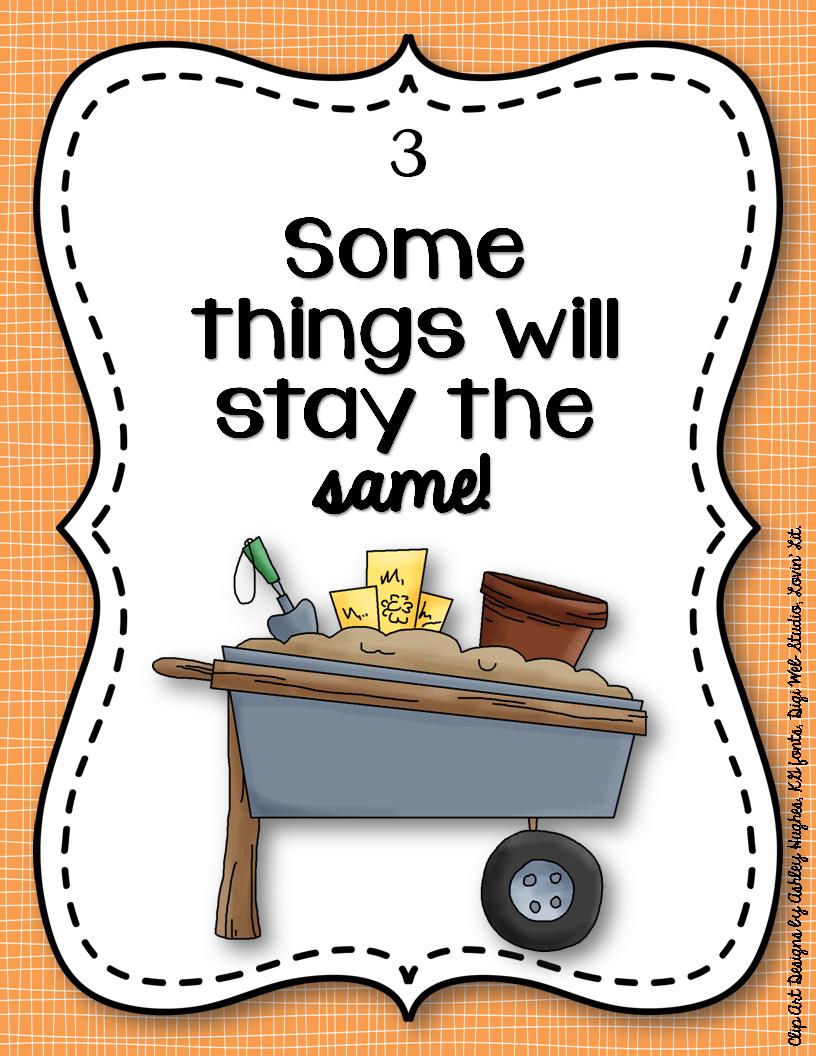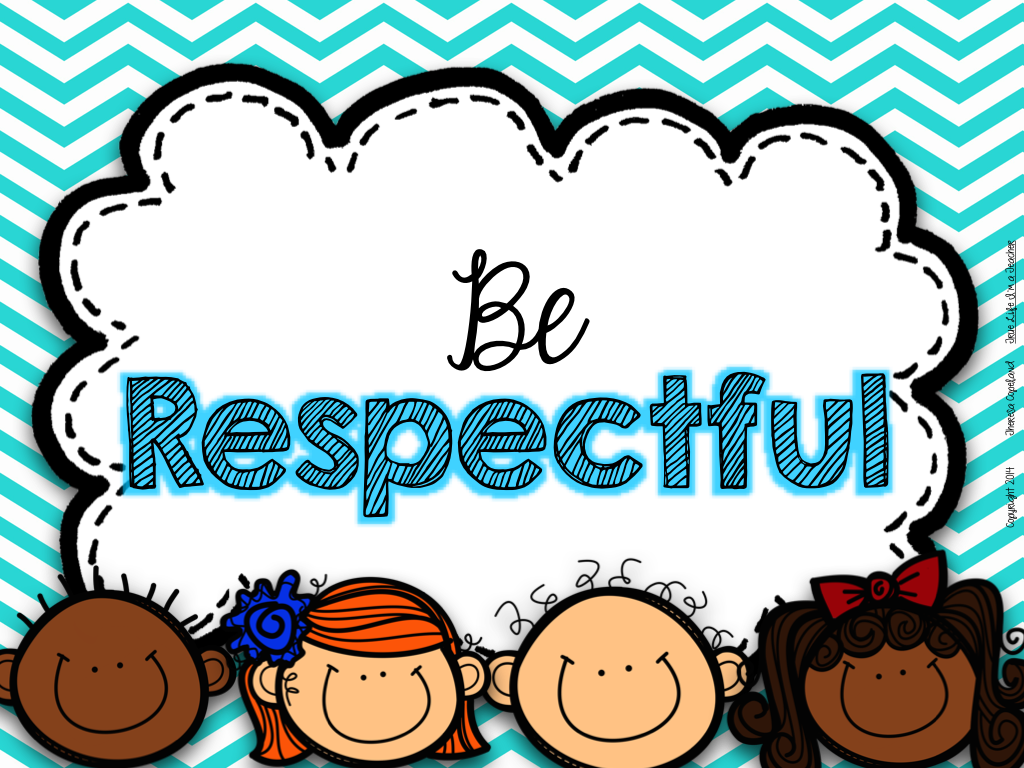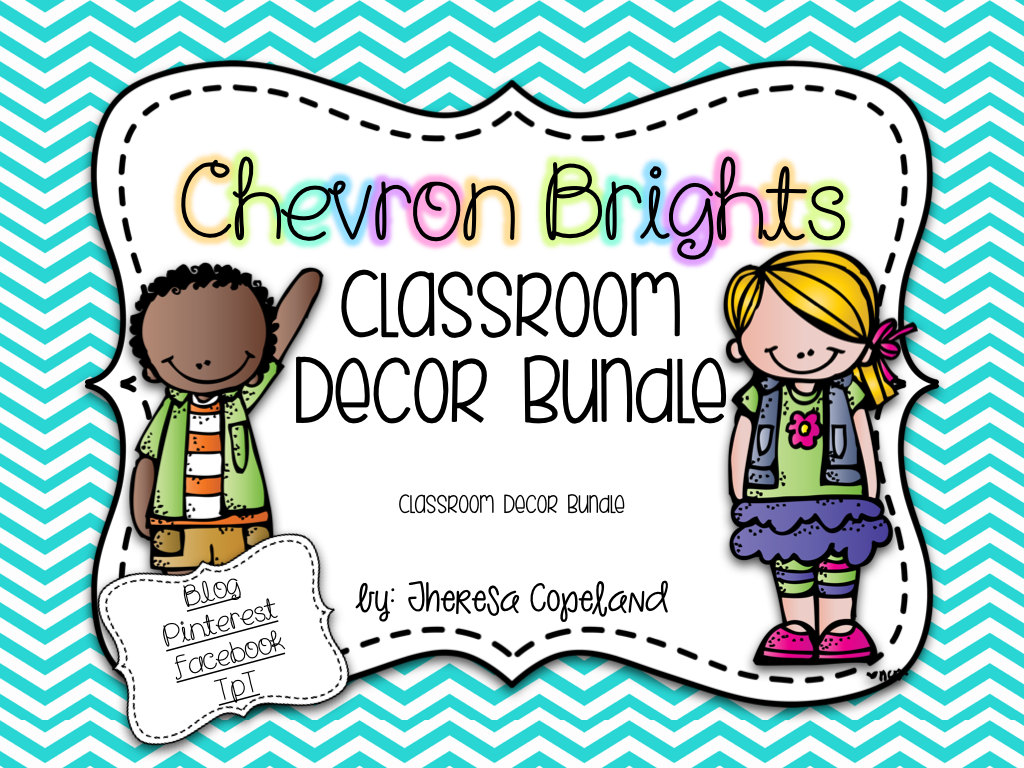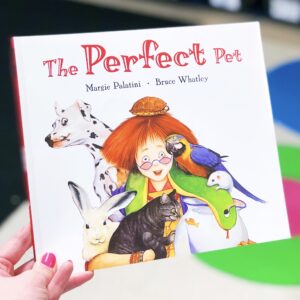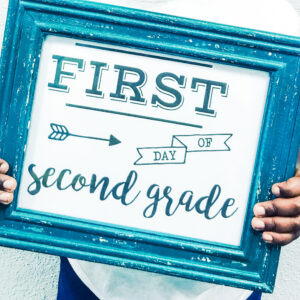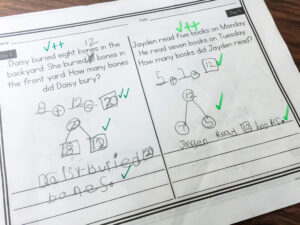Hey Friends! It’s a new week, and a new topic I’m “Digging Into” for next year, and it’s one of my favorites (read: this will be a long post). Pick and choose ideas that will work for you and your kiddos.
manage my classroom!
In trying to decide where to begin, I settled on giving you a little bit of a view on where I stand with behavior management, and that is this: nearly everything within a classroom can and probably will impact the behavior of your students in some way. Examples include:
– Classroom Arrangement
– Teacher Organization
– Student Organization
– Supplies and their Accessibility
– Transitions
– Schedule
– Other Students
– Other Teachers
And the list could go on and on. As a teacher, it’s also important to know your students. What works for one class may or may not work with another class, and within that class, what works for one student may not work for another. If there’s anything that I’ve learned as a teacher it’s that there is no one thing that will work for everyone. I do know one thing is for certain, great classroom management begins with clear, high expectations.
From there, I decide what routines and procedures my students need to know and be aware of in order to meet those expectations.
Finally, what reinforcements will motivate my students to consistently follow the practiced routines and procedures.
It would be appropriate to note that I have not mentioned “rules.” They certainly have there place, but that’s not where I focus my time and energy.
Story Time! Toward the end of this past school year, I was walking through the office when one of my administrators said, “Hey Copeland – can you come here for a minutes?” As I walked into his office, he shut the door, and I thought, “Oh great, what have I done now?” Here’s how our conversation went:
Admin: What consequences (referring to negative) do you have if a student misbehaves?
Me: Ummm…well, I don’t really have any.
Admin: Complete silence.
Me: I mean, I set up my expectations in the beginning of the year, and we practice our routines and procedures so much that I don’t really have a need for them. Plus, I usually have my kids working toward something positive.
Admin: So you don’t take away recess?
Me: Absolutely not! I need that time, and so do my kids!
At that point in the conversation, he shared a few other things with me that for privacy reasons, I’m not sharing here, but the point was, I was actually slightly embarrassed that I couldn’t really give him any concrete negative consequences.
Which is also why, I’m going to call consequences in this post “reinforcements.”
My expectations typically don’t change from year to year. The past 3 years, I’ve have the exact same expectations (high poverty, Title I, 4th grade inclusion class; high poverty, Title I 4th grade class, and a mixed demographic 2nd grade class).
– Be respectful, Be responsible, and Be Productive
At the beginning of the year, I right each of these on a different piece of chart paper, and students brainstorm what they mean, how they look, etc…and we add to them as we go throughout the first couple of weeks of school.
This year, my school will be following the PBIS (formerly PBS) model, and has adopted school-wide expectations, that I will adopt in my classroom as well. You can grab these here for FREE or by clicking on the any of the pictures below.
As in years past, I will have my students brainstorm what each of those mean and how they look.
So, this leads me to a controversial point – I don’t post rules in my classroom. In my defense, nearly any rule that I can think that I might want to have in my classroom, falls under one of the above expectations.
“Be Kind” – this falls under being respectful…to adults, peers, property, etc…as a bonus, students are also being role models
“Walking Feet” – this falls under being responsible…safety for yourself, safety for others…and of course being a role model.
What routines and procedures will help my students be successful in meeting expectations?
Ummm, everything. Seriously. Start a list, and then prioritize. Just off the top of my head here are some that I know I’ll need to teach at least in the first week of school, if not the first day:
– Hallway behavior
– entering the classroom in the morning/morning work time
– lining up
– fire drill procedures
– dismissal
– what to do with lunch money/ASP money/etc…
– where to put papers for me (you can find that here)
– where to turn in homework
– how to come to the carpet
– how to act at the carpet
– Daily 5…everything
– Math Daily 3…everything
– when it’s ok to get water
– when it’s ok to go to the bathroom (bathroom sticks)
– book shopping in the classroom library when and how
– tattling vs. reporting
– take-home folder
– pencils (check this out!)
Annnnddd, now my brain hurts, and I’m overwhelmed. It’s overwhelming to see it like this, but some things will happen naturally. For example:
A few minutes before we head out of the classroom, I line my students up in ABC order, and explain that this is where they will stand in line for the entire year with the exception of the line leader, door holder, and caboose.
We talk about what our line should look like:
Eyes Forward, Ears Open, Mouths Closed, Feet in the 3rd square, Hand Location (either in front clasped, behind clasped, or to the side – I have them practice each position and decide which one is the most comfortable). Next, I have each look to the person in front of them and wave, turn to the person behind them and wave, and sit back down at their desks. I then ask them if they think they can remember where their spot is, and have them line up as quietly as they can, and then I will “check” them. I tell them I’m check for “Eyes, Ears, Mouths, Feet, and Hands.” Seriously, it usually takes one of two times, and I can cross lining up and hallway behavior off of my list. We practice multiple times throughout the day, sometimes even when we’re not going anywhere just so I can “test” them. They get a hoot out of it.
What reinforcements will help motivate my students to be successful?
Certainly, whenever anyone says “consequences” I immediately think of the negative, but what I actually DO in my classroom are positive consequences, which fall into one of three categories:
(It was literally at this point that I decided was changing everywhere I had used the word “consequences” to “reinforcements” – sorry if I missed one or two)
– Individual
– Group/Team
– Whole Class
Individual Reinforcements:
Many times, these are just verbal atta-boys or girls, and is very simple: “Thank you Morgan, DJ, Phoenix, Natalie, etc… for having great hallway manners.” It could be something more specific like, “Thank you Morgan, DJ, Phoenix, and Natalie for having a great hand location as we walk through the halls, and for walking only on the third square. Fantastic job!”
There have been times when I’ve nearly called out every name in my class for positive reinforcement in the hallway. Whatever works. Things like “Mystery Walker” also work really well.
I also really like non-verbal reinforcement. I might say something like, “While you’re walking through the hall, I’m going to be look for (insert desired behavior), and if I see you doing (insert desired behavior) I’m going to tap your shoulder.” My kids live for this stuff, and there is not a single reward they get for it, other than the satisfaction of knowing they are meeting our classroom expectations.
Group/Team Reinforcements:
My students sit in groups of 4, and each group/team in numbered. Each team earns points (which aren’t exchanged for anything). At the end of the day or week (depends on the group of kiddos I have) we do a special cheer for the team with the most points.
I award points for on-task group behavior. The beauty of this is that students that tend to straggle behind get encouragement from their team. Sometimes I will say I’m looking for a particular behavior. Sometimes every team earns a point, sometimes, no team earns a point.
You can find the signs I use for labeling teams here or by clicking on the picture below.
Whole Class Reinforcement:
I use this strictly for compliments from others teachers (administrators, teachers, paraprofessionals). Funny story, I used to just say another “adult” and I had one student who told her mom to come to school to give the class compliments so that they’d earn brownie points. You can read more about brownie points here. This is the only reinforcement in which students actually earn a prize of sorts. Namely, it takes at minimum 12 compliments before they earn the reward, and it’s fun to do something fun every so often. The very first time we fill up our brownie pan, we earn…BROWNIES! After that, I choose something simple:
– no shoes in the classroom
– hats in the classroom
– gum or other “no-no” treat
– cookies
– donuts
Also, if I have a particularly challenging class, I can make our pan need only 6 brownie points, or if I have a stellar class, I can make the pan need 18 or even 24 brownie points before a reward is earned.
Each year, presents a new group of students with new challenges, strengths, and areas that need improvement. As a teacher, I try to be a responsive to these needs as possible. That means that everything I just laid out for you may not work, and I have to be ok with changing something, anything, and maybe everything in order for my students to be successful.
So it’s hard to say what changes I’ll make for next year. Sometimes, they happen midyear, sometimes right away. Find what works for you and your class.
Most importantly, I recognize that fair isn’t always the same or equal. I may have one student who needs 6 or more reminders before a “consequence” like a note home happens. While, another student may only get a single reminder. Here is a great quote I found on Pinterest, but didn’t lead to an original source (if this is yours, please let me know so I can give you credit!).
Chevron Brights Bundle (click here for what’s included)
Thanks for hanging in there for this super, duper long post! I hope you were able to find something that will benefit you next school year! Be sure to stop by Where the Magic Happens to read about what other teachers are doing in their classrooms!



